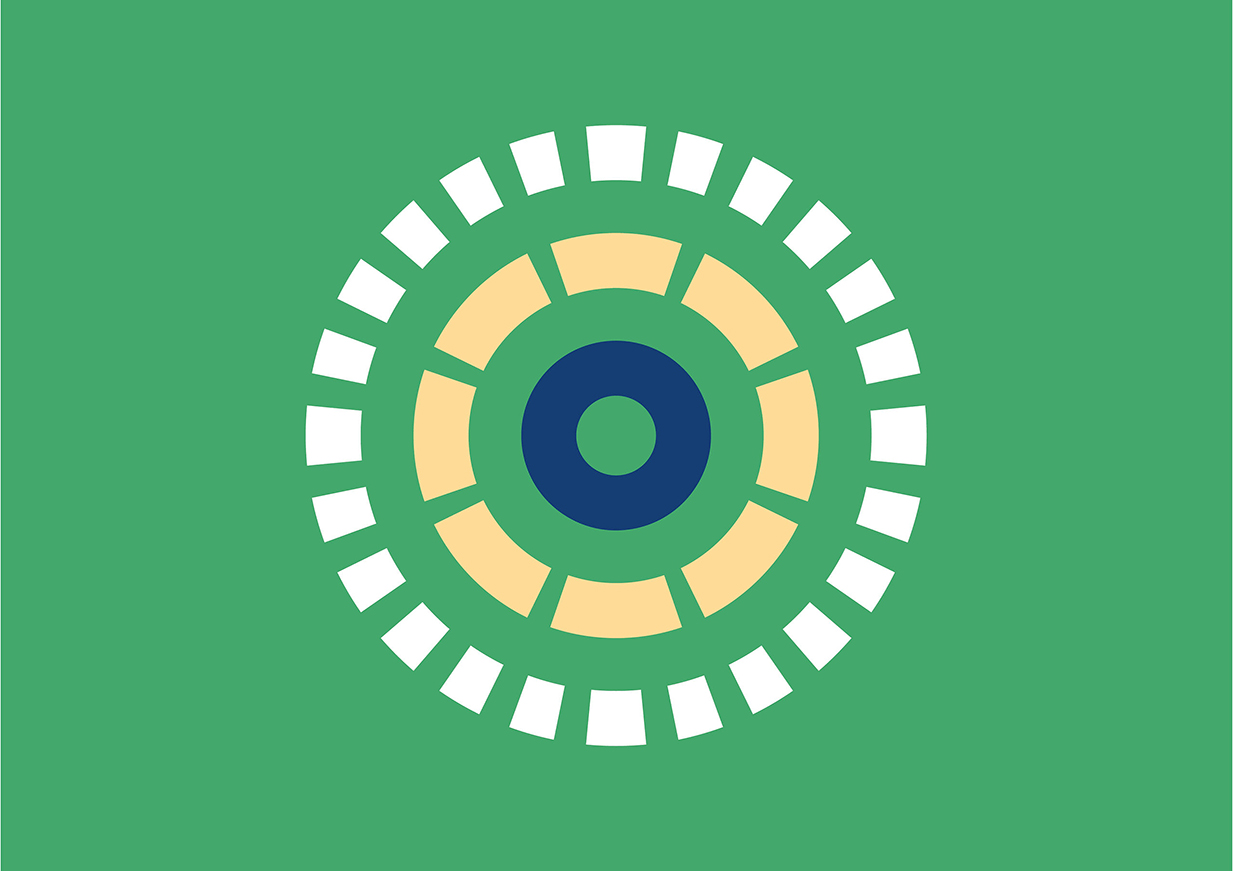Tofacitinib is in clinical development for the treatment of active ankylosing spondylitis (AS) in adults who have responded inadequately to conventional therapy. AS is a longterm condition in which the spine and other areas of the body become inflamed. The inflammation can lead to back pain, fatigue and in serious cases, to severe disability as the bones of the spine fuse into a fixed position or joints become progressively damaged. Some patients with AS do not respond well to current treatment options, resulting in a clear unmet medical need.
The active substance in tofacitinib works by blocking the action of enzymes (proteins) known as Janus kinases. These enzymes play an important role in the process of inflammation that occurs in rheumatoid, psoriatic arthritis and ulcerative colitis. By blocking the enzymes’ action, tofacitinib helps reduce the inflammation and other symptoms of these diseases. Tofacitinib is administered orally. If licensed, tofacitinib would offer an additional treatment option for patients with active AS, who have responded inadequately to conventional therapy.
